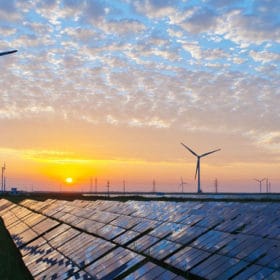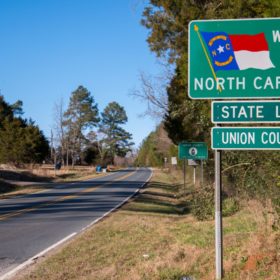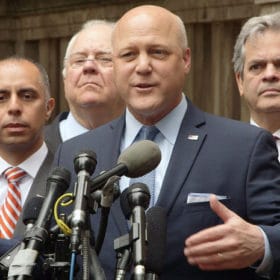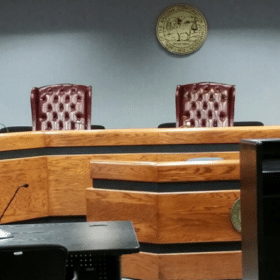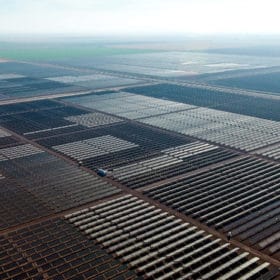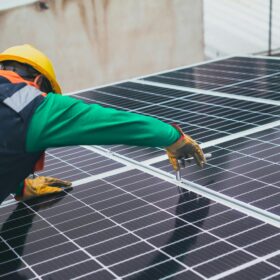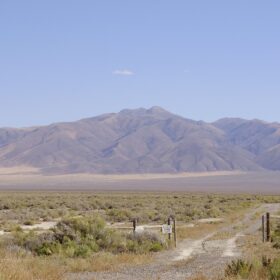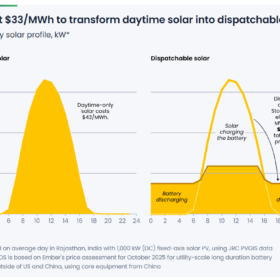SEIA to the USITC: ‘What’s next?’ as Suniva/SolarWorld decision looms
In a letter to the U.S. International Trade Commission, the national solar association argues the two petitioners have no plan to be functional module manufacturers even if they’re provided “global safeguard relief.”
U.S. renewable energy goals: Two steps forward, one back
Proposals for 100% renewable energy at the state level are struggling, as NRDC puts forward a blueprint for 70% wind and solar by 2050.
Dog bites man: Duke Energy prevails in lawsuit, keeping its monopoly in place
At issue was whether an agreement between NC WARN, a member-based nonprofit tackling the climate crisis, was acting as a public utility by providing solar electricity to a church. The public utilities commission – and now a court – has found that it was.
U.S. mayors plan funding for distributed energy, smart grids and more
The nation’s mayors are pushing for policies that will preserve existing federal programs and expand support for grid modernization and clean energy.
ACC’s Doug Little heads for D.C. amid swirling investigations
Amid a FBI investigation into potential election irregularities surrounding his campaign and an ongoing lawsuit from a fellow commissioner, the Arizona regulator ascends to a position in Secretary Rick Perry’s Department of Energy.
Solar advocates push back on NYPSC approval of utility distributed energy valuation
As New York’s REV process moves forward, the devil is yet again in the details.
Clash of the coalitions: Pro-petition alliance adds new member
The Alliance for American Manufacturing, a group that claims to be a coalition of unions and manufacturers, adds its name to a growing number of groups supporting Suniva/SolarWorld’s Section 201 trade petition.
Well, duh: New study shows 75% of Americans support net metering
Is it any shock that most Americans, who polls show support solar energy at a 90% level, also support the most effective regulatory means to promote its expansion? (No. The answer is no.)
What’s this about a trade case? 4 takeaways from Solar Power International
The largest solar trade show in the United States wrapped up this week. pv magazine takes a look at what went down, and the trends from the show floor.
NREL: U.S. fixed-tilt solar plant costs fall to $1.03/watt-DC (with charts)
The U.S. government’s premier renewable energy lab has found a 30% fall in utility-scale solar costs year-over-year, leading to levelized costs of electricity competitive with combined cycle gas generation.

